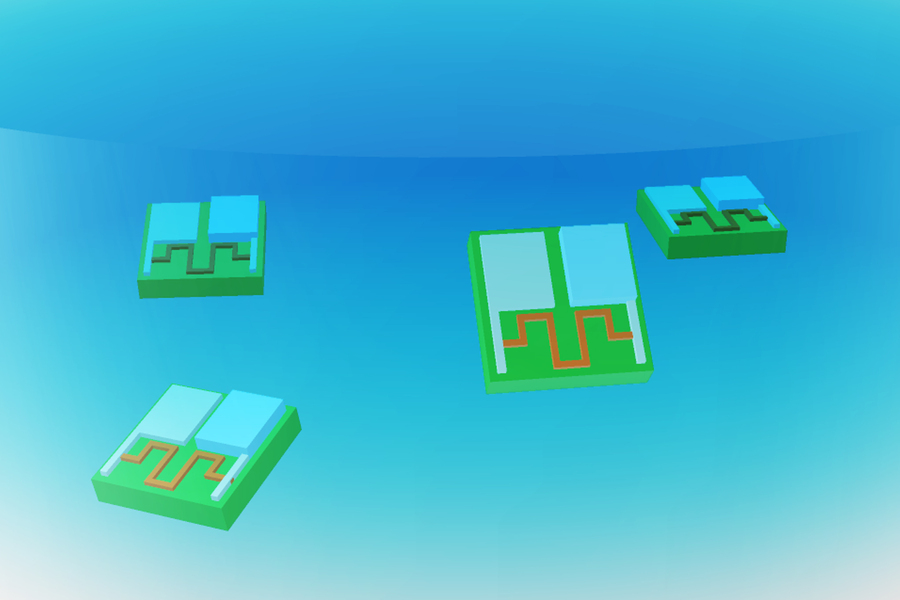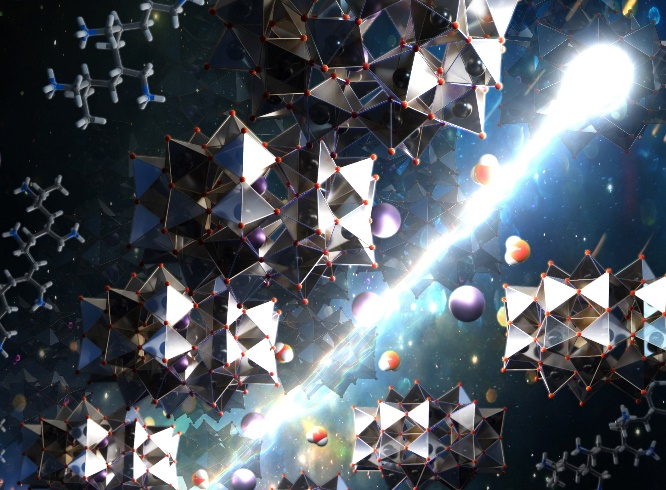2024-08-19 パデュー大学
<関連情報>
- https://www.purdue.edu/newsroom/2024/Q3/validated-simulations-optimize-solar-power-generation-with-row-crops/
- https://www.cell.com/cell-reports-sustainability/fulltext/S2949-7906(24)00234-9
- https://www.sciencedirect.com/science/article/abs/pii/S1364032123008766
農業規模の実験とモデリングでトウモロコシの太陽光発電農業を最適化する Optimizing corn agrivoltaic farming through farm-scale experimentation and modeling
Varsha Gupta,Shelby M. Gruss,Davide Cammarano,…,Mitchel R. Tuinstra,Margaret W. Gitau,Rakesh Agrawal
Cell Reports Sustainability Published:July 26, 2024
DOI:https://doi.org/10.1016/j.crsus.2024.100148
Graphical abstract

Highlights
- Extensive experimental data for corn growth for PV-shaded and full Sun regions
- Calibrated crop model using full Sun region data to predict unshaded region yield
- The calibrated model with analytical shadow model predicts PV-shaded region yield
- The spatiotemporal shadow distribution, in addition to total radiation, determines yield
Science for society
By the end of the current century, Earth’s population will rise to over 9 billion people. Meeting the food and energy demands of the global population during adverse climate conditions will require sustainable food and energy solutions given the limited land availability. One such solution is agrivoltaics, a practice of co-producing food and energy by installing photovoltaics on agricultural farmland. Through extensive corn growth data, we present a calibrated and validated crop model integrated with an analytical shadow model. Using this model, we observe that the corn yield is determined by spatiotemporal shadow distribution in addition to total radiation. Moreover, we demonstrate that the full Sun data-calibrated crop model predicts crop growth for the PV-shaded region given the shadow profile from the analytical shadow model.
Summary
To address the limited agrivoltaic research with photovoltaics (PVs) collocated with major row crops, such as corn (Zea mays), we collected extensive corn growth data from neighboring “without-PV” (unshaded) and “with east-west Sun-tracking-PV” regions. The Agricultural Production Systems Simulator (APSIM) plant model calibrated with unshaded region data provided excellent agreement with the experimental PV region corn yield when using hourly light intensity for each plant row computed using spatiotemporal shadow distribution (SSD) between PV panels from our shadow model. The validated APSIM and PV shadow models are then simulated for insights on plant performance and power generation at various PV panel heights, distances between the adjacent PV rows, tracking angles, tracking and anti-tracking during different times of the day and different periods of plant growth, etc. We observed that corn yield is governed by SSD and total radiation, highlighting active control of shadow distribution to optimize crop yield and power production in agrivoltaic farming.
ほぼ完全な商品作物とエネルギー生産のための最適化されたアグリ太陽光発電トラッキング Optimized agrivoltaic tracking for nearly-full commodity crop and energy production
E.K. Grubbs, S.M. Gruss, V.Z. Schull, M.J. Gosney, M.V. Mickelbart, S. Brouder, M.W. Gitau, P. Bermel, M.R. Tuinstra, R. Agrawal
Renewable and Sustainable Energy Reviews Available online: 24 November 2023
DOI:https://doi.org/10.1016/j.rser.2023.114018
Graphical abstract

Highlights
- Unquantified system relationships limit AgPV implementation.
- System algorithms and designs must be characterized and evaluated.
- First AgPV study to combine full-field modeling and field data to assess performance.
- Integration of harvest cycles improves tracking algorithms to meet shareholder needs.
- Prototype met the 88.9 % of minimum viable value for powering each state independently.
Abstract
As the global population accelerates toward a full earth scenario, food, energy, and water demands will increase dramatically. The first order constraints that face resource generation technologies, such as static land availability, compound into second order challenges such as direct competition for the same land and solar photons. Within the contiguous United States, both agriculture and energy production such as solar have turned to densification schemes to increase yields and power per land area, respectively. These technologies coupled with water generation capabilities or management strategies, remain widely separated in their implementation or experience loss in combination. We propose an Agrivoltaic food and energy coproduction architecture to address these challenges, utilizing an Agrivoltaic Array, on-site micrometeorological condition analyses, on-site experimentally validated ray-tracing and irradiance modeling simulation software, as well as crop physiological stage, ear, and height data. Identification of critical time frames in which the relationship between irradiance and yield is highly significant (p less than 0.00005) enables implementation of ideal anti-tracking during those growth periods and solar tracking during all non-critical periods, collectively called critical-time anti-tracking. This reduces power generation to 13.68% during a six-week ideal anti-tracking time frame compared to solar tracking; still, this translates to 86.71% power generation over a year when compared to solar tracking. The reduction in power offsets yield loss, increasing land productivity. This research proposes a technology for near-neutral coproduction of food and energy leveraging already existing hardware for a viable pathway for widespread solar implementation throughout the contiguous United States.



